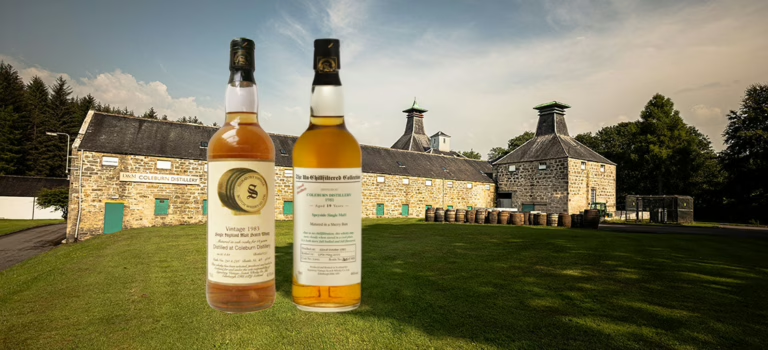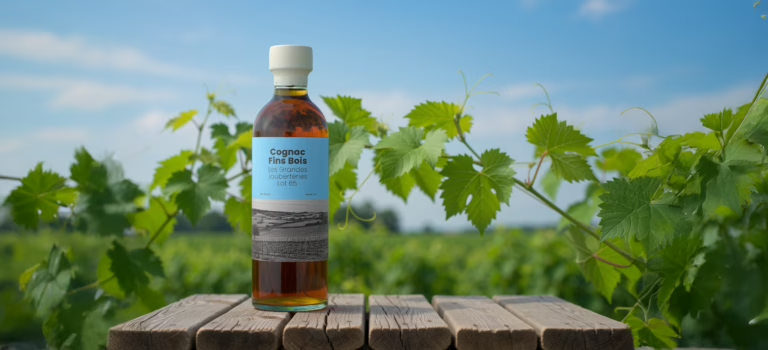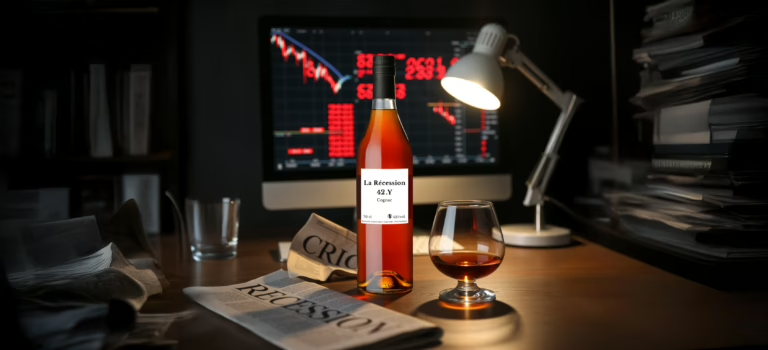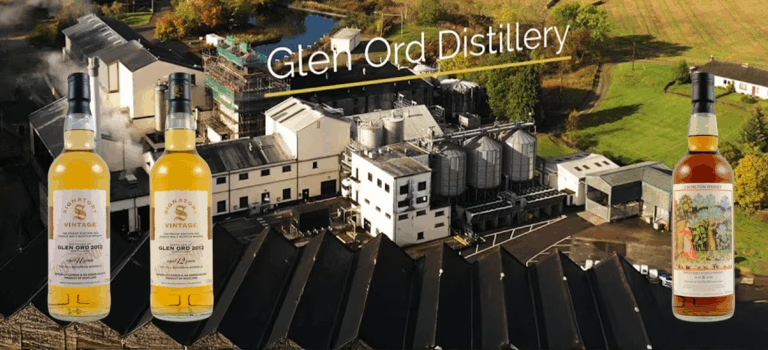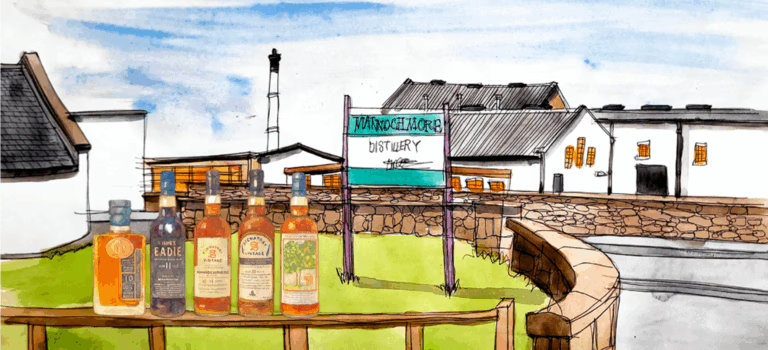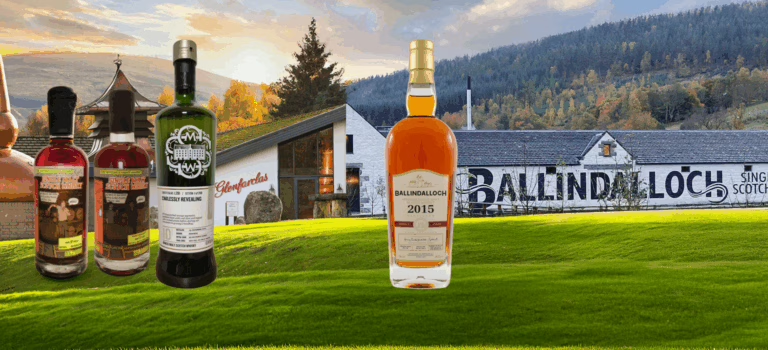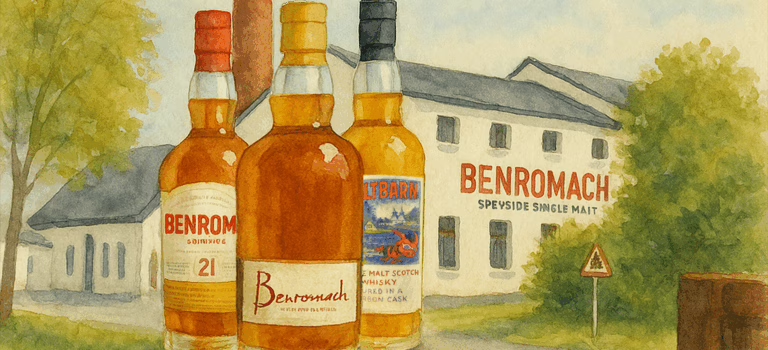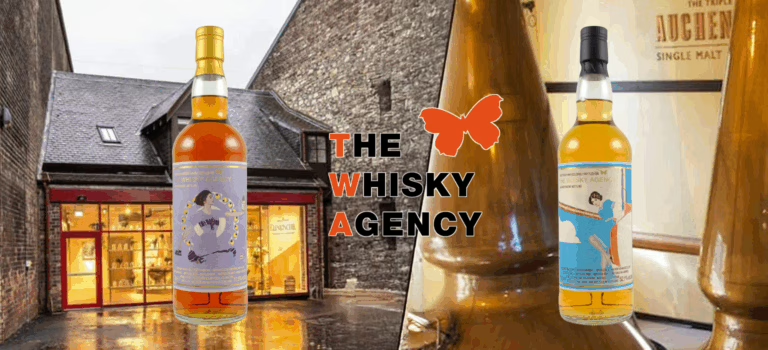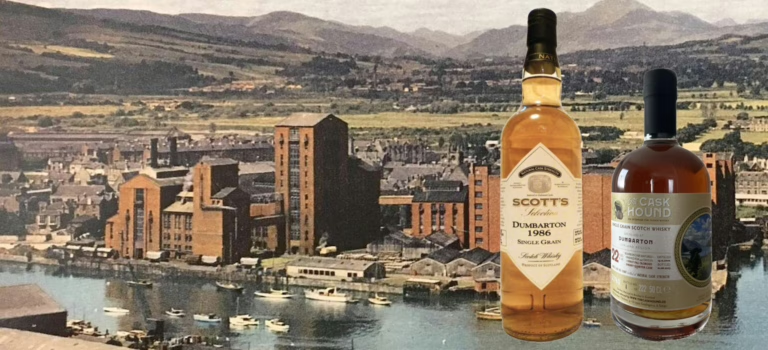On special days, I like to reach for something special, so I chose two Coleburn whiskies from Signatory Vintage for Christmas. After a lengthy cognac session from the Cognac-Expert 2025 Advent Calendar, I return to whisky. Coleburn has tempted me for ages, especially since my 2019 visit to Murray McDavid at Spirit of Speyside – where they lease the distillery’s warehouses for cask storage, though workers dismantled the site long ago. Sourcing Coleburn proved tough, yet I snagged two samples in days. As always, I’ll start with the distillery history before diving into these festive Signatory pours.
Read more